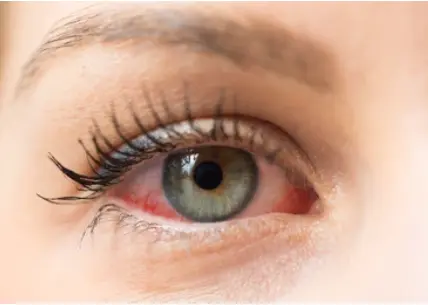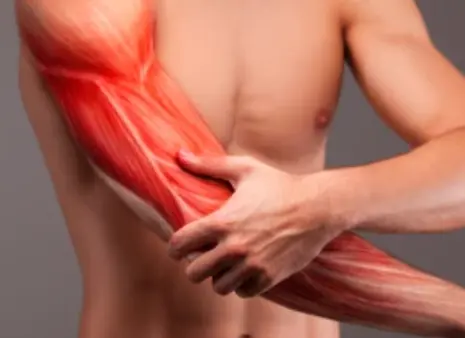 Welcome
Welcome
“May all be happy, may all be healed, may all be at peace and may no one ever suffer."
Prurigo nodularis - Generics
Prurigo nodularis is a skin condition characterized by the presence of firm, itchy nodules on the skin surface. These nodules are usually small, measuring 2-6 mm in diameter, and are typically found on the extensor surfaces of the limbs, trunk, or scalp. Prurigo nodularis is often chronic and can be difficult to treat.
The exact cause of prurigo nodularis is unknown, but it is thought to be related to chronic itching and scratching, which can lead to thickening of the skin and the formation of nodules. It may also be associated with underlying medical conditions such as chronic kidney disease, HIV, or hepatitis C.
The primary symptom of prurigo nodularis is severe itching, which can be exacerbated by heat, sweat, or stress. The nodules themselves are often asymptomatic, but can become painful if they are scratched or become infected.
Treatment of prurigo nodularis is often challenging, and may involve a combination of topical and systemic therapies. Topical treatments such as corticosteroids or menthol creams may be used to relieve itching, while systemic therapies such as oral antihistamines, immunosuppressive drugs, or phototherapy may be required in more severe cases. In some cases, surgical excision of individual nodules may also be considered.
Overall, prurigo nodularis is a chronic and often frustrating condition for both patients and healthcare providers. However, with appropriate management, the symptoms can be controlled, and the quality of life for affected individuals can be improved.

Diagnostic ophthalmic pro...

Paralytic ileus and post-...

Lichen planus

Pruritic skin conditions

Rheumatism Strains

Acute bacterial sinusitis

Dariers disease

Myelofibrosis
Prurigo nodularis, প্রুরিগো নোডুলারিস
To be happy, beautiful, healthy, wealthy, hale and long-lived stay with DM3S.